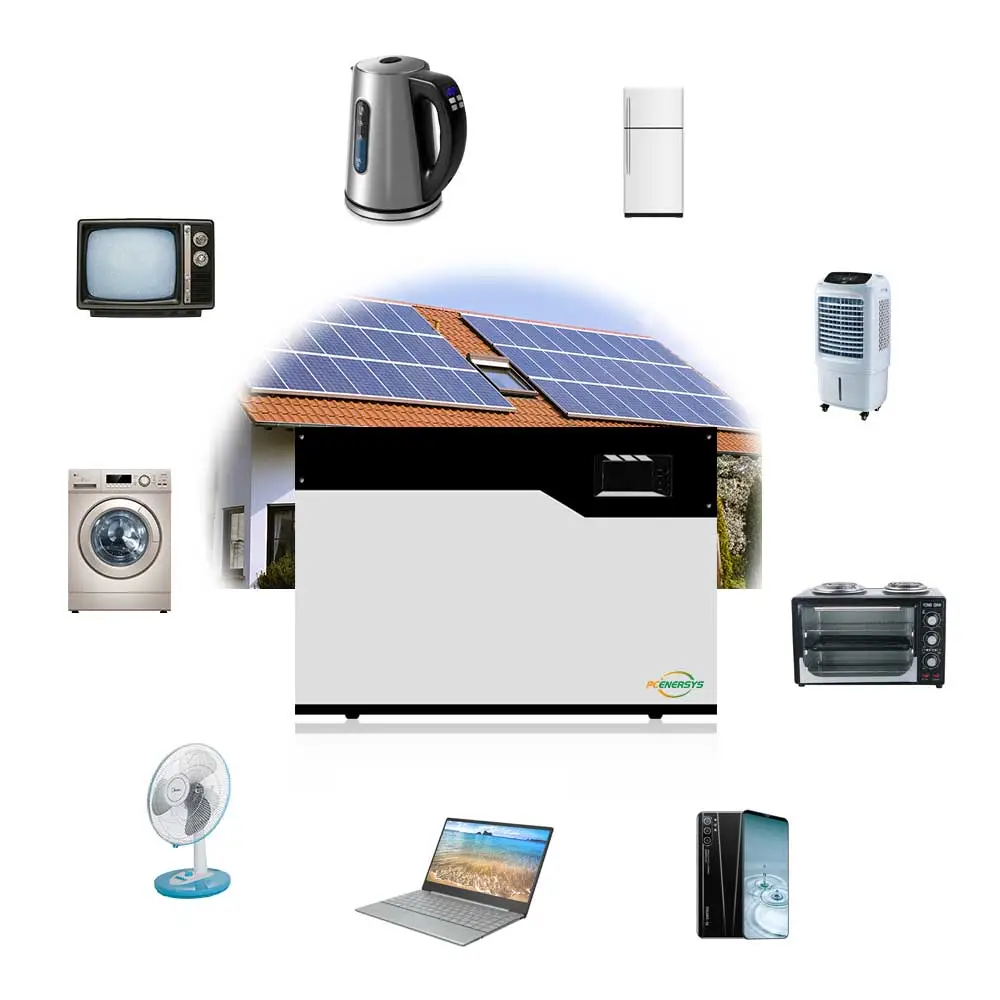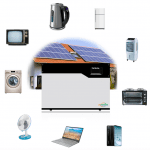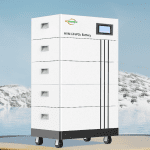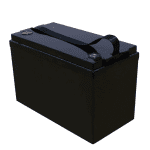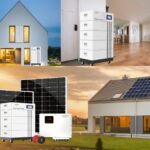For many countries and regions, many families have chosen household energy storage to provide their power supply, changing their traditional power supply methods. This is crucial for homeowners looking for efficiency, reliability, and sustainability. In this guide, we compare different types of household energy storage, from traditional lead-acid batteries to advanced lithium-ion solutions, exploring the nuances of these technologies to make home energy storage accessible to more people.
Lead-acid batteries in household energy storage
Lead-acid batteries have long been a standard feature in many homes. The introductory chemistry of a lead-acid battery is to use lead dioxide and lead sponge as electrodes immersed in a sulfuric acid electrolyte. There are generally two main types of lead-acid batteries in household energy storage: flooded lead-acid batteries and valve-regulated lead-acid batteries (VRLA). Flooded lead-acid batteries require regular maintenance, including refilling with distilled water, while VRLA batteries are a sealed, maintenance-free option. A significant advantage of lead-acid batteries is their ability to handle high current surges effectively, making them suitable for applications such as starting internal combustion engines or providing emergency power during power outages. However, their energy density is limited compared to new technologies such as lithium-ion.
Lithium-ion batteries in household energy storage
In household energy storage, lithium-ion batteries offer several advantages. Their compact design allows for easy integration into homes and is suitable for various applications, including solar storage, backup power during power outages, and load transfer. The high energy density of lithium-ion batteries allows them to store more energy in a smaller footprint, maximizing efficiency. A key characteristic of lithium-ion batteries is their ability to provide stable and reliable power. This primarily benefits homeowners seeking steady energy availability and optimal performance from renewable energy sources. Lithium-ion batteries perform well in charge and discharge cycles, helping to extend their lifespan.

Flow battery
Among household energy storage, flow batteries stand out for their ability to decouple power and energy, allowing users to expand the system’s capacity and power output independently. This property makes them ideal for applications requiring longer discharge durations, such as storing excess energy generated from renewable energy sources during long periods of low power generation. A common type of flow battery is the vanadium redox flow battery (VRFB), which uses a vanadium-based electrolyte. Vanadium redox chemistry allows for multiple charge and discharge cycles without degradation, helping to extend service life. Flow batteries also have advantages in terms of safety because the liquid electrolytes are non-flammable, making them less risky than some solid-state lithium-ion batteries. More suitable for various household energy storage needs.
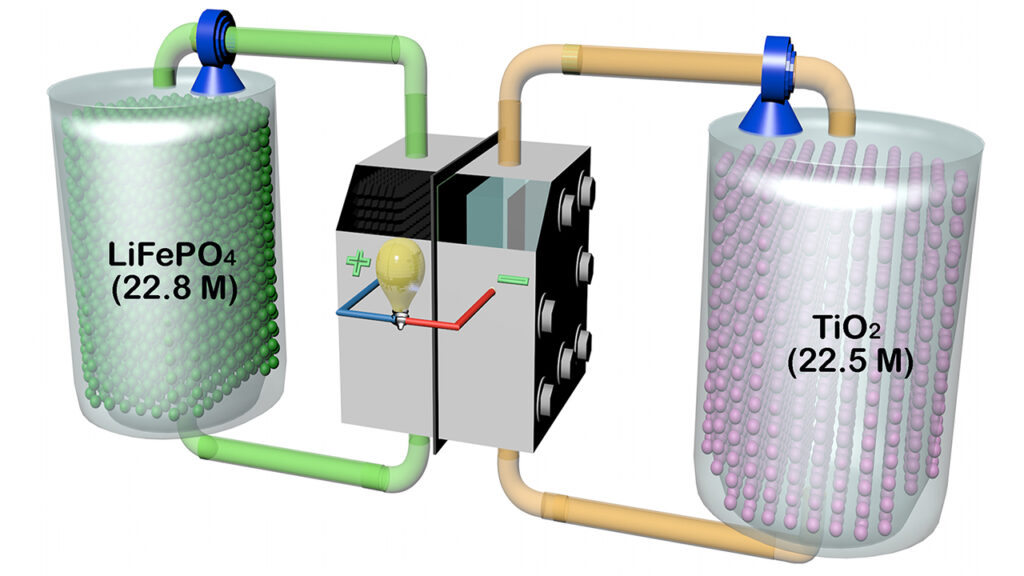
Supercapacitor
The supercapacitor is an ultracapacitor or electric double-layer capacitor (EDLC). In the world of home energy storage, supercapacitors excel at delivering high power output, making them ideal for applications that require rapid bursts of energy. Their ability to provide fast charge and discharge cycles makes them an effective solution for short-term, high-power needs, such as managing peak loads or responding to sudden power fluctuations.
Supercapacitors offer advantages such as longer cycle life than traditional batteries, making them suitable for applications involving frequent charge and discharge cycles. Additionally, they operate efficiently over a wide temperature range and exhibit high reliability. However, their main limitation is energy density, as supercapacitors typically store less energy than batteries. They are better suited for short-term energy storage or as a complementary component alongside traditional batteries in hybrid energy storage systems.
Hybrid system
Hybrid energy storage systems in home applications combine technologies to maximize benefits and minimize limitations, creating versatile and efficient solutions. These systems often integrate multiple storage technologies to achieve a balanced power, energy density, and efficiency synergy.
The main goal of a hybrid system is to exploit each technology’s strengths while mitigating each’s weaknesses. For example, combining lithium-ion batteries with supercapacitors can enhance the entire system’s performance, leveraging supercapacitors’ fast charge and discharge capabilities to meet high power needs while relying on lithium-ion batteries for sustained energy storage with higher energy density. Hybrid systems offer excellent reliability and flexibility because they can adapt to varying energy needs and respond quickly to dynamic changes. The ability to manage both short-term high power demands and long-term energy storage needs makes them ideally suited for a variety of applications in residential environments.

Feel the convenience brought by household energy storage
The field of home energy storage is diverse, offering various options for different homeowners. Whether it is lead-acid batteries or lithium-ion batteries, the more important thing is whether we have cultivated our awareness of energy storage and environmental protection to feel the convenience of energy storage and not rely on traditional power generation methods. This is also our original intention purpose.

